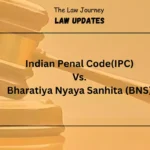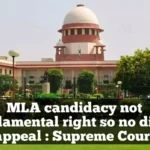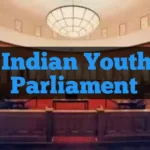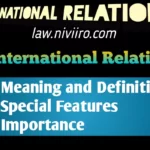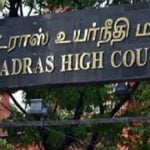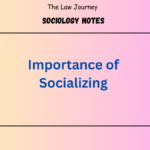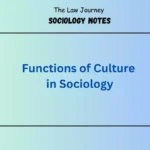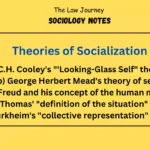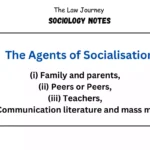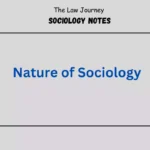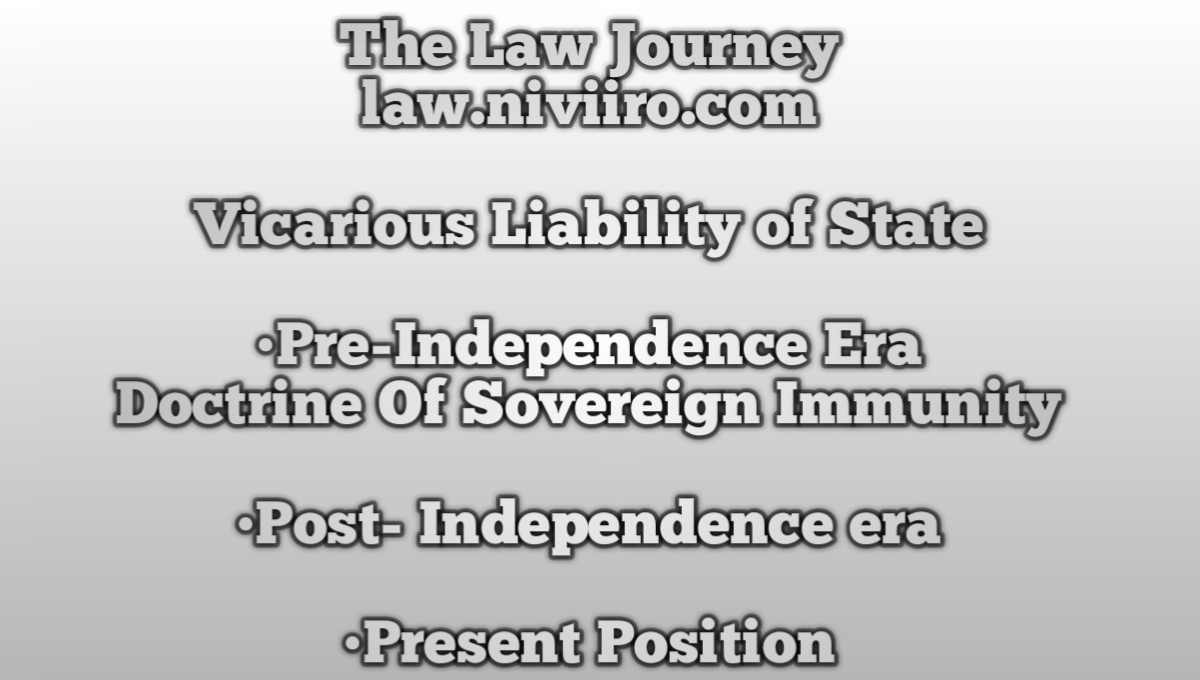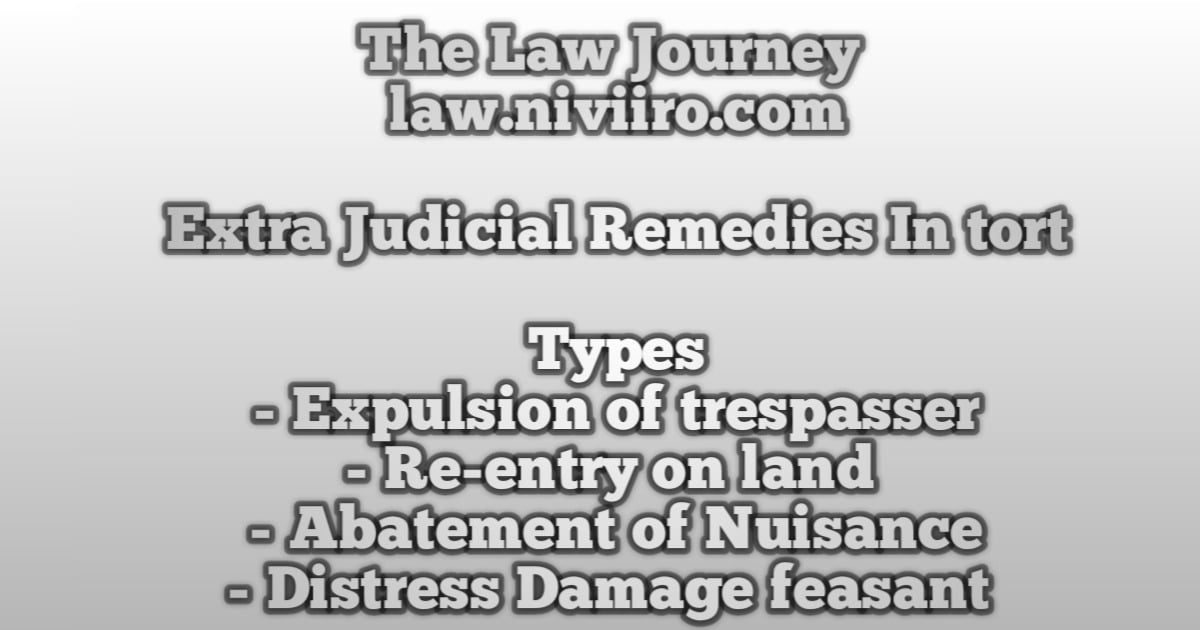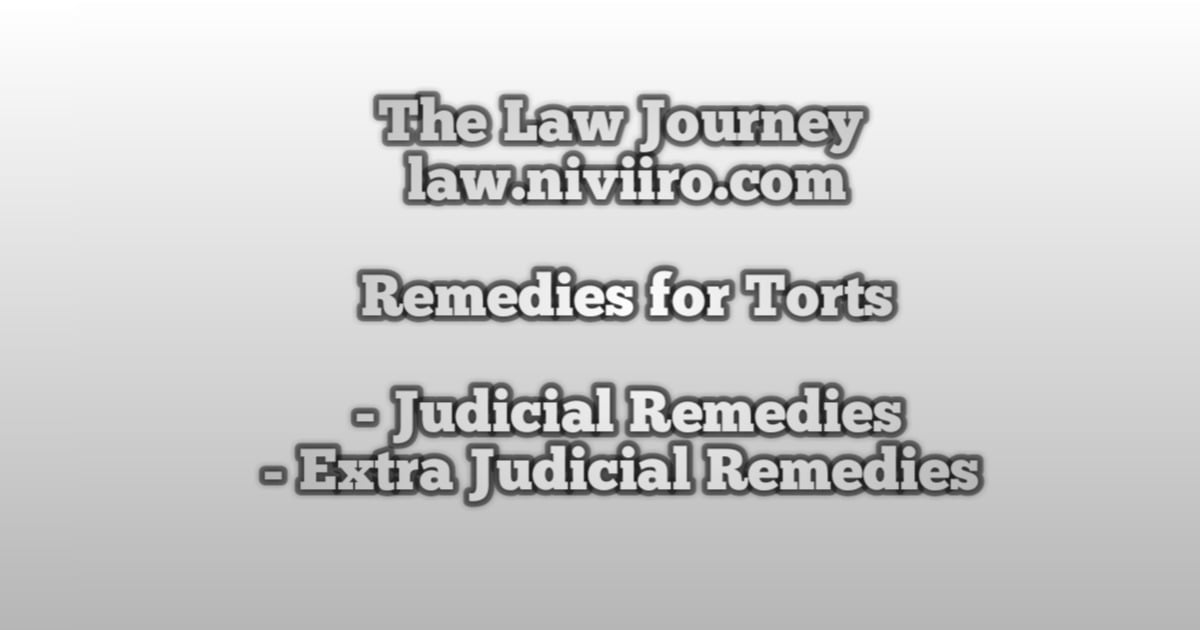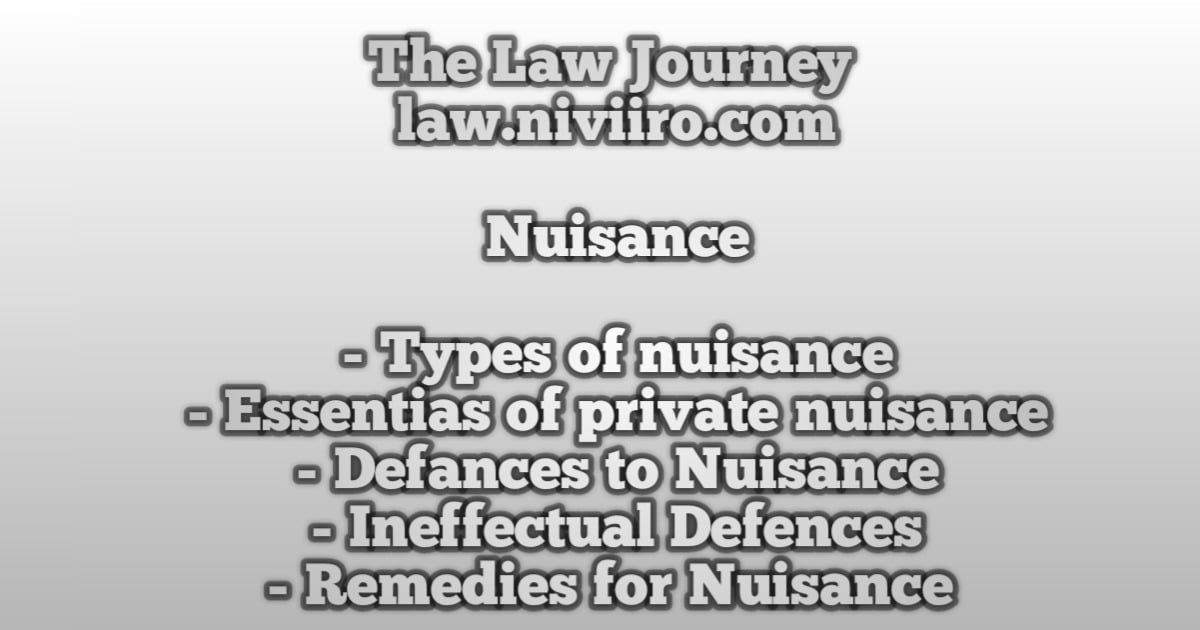(Vicarious Liability of State) In England, under the Common Law, the king could not be sued in tort either for wrongs actually authorized by it or committed by its servants in the course of their employment. The individual wrongdoer was only personally responsible and he could not take the defence of orders of the Crown or State necessity.
The position has been entirely changed after the passing of the Crown Proceedings Act, 1947, according to which the Crown is liable for a tort committed by its servants just like a private master. Unlike the Crown Proceedings Act, 1947, in India, we do not have any statutory provision so far mentioning the liability of the State.
Article 300 of the Constitution of India states as under: “The Government of India may sue and be sued by the name of Union of India and the Government of a State may sue and be sued by the name of the State and may subject to any provision which may be made by Act of Parliament or of the Legislature of such State, sue or be sued in relation to their respective affairs in the like cases as the Dominion of India and the corresponding provinces or the corresponding Indian States might have sued or been sued if this Constitution had not been enacted.”
Article 300, thus, provides that the Union of India and the States can sue and be sued, but as to the circumstances under which that can be done, it points to the position prevailing before the commencement of the Constitution. The Government of India Act, 1935, also laid down a similar provision. So does the Government of India Acts, 1915 and 1858. We have, therefore, to see the position prevailing before 1858 when the administration was in the hands of East India Company.
The earliest enactments laid down that the Secretary of State for India could be sued just as the East India Company. Thus, the liability of the State today is the same as that of the East India Company in its time.
Vicarious Liability of State in india can be easily understood by Pre-Independence Era & Post- Independence Era
Pre-Independence Era
Doctrine of Sovereign Immunity | Vicarious Liability of State
As regards immunity from tortuous liability, an important issue that has to be considered, relates to position of the government. Considerable case-law and academic literature have gathered around this topic. In fact, it is an area where constitutional history, constitutional law, administrative law and the law of torts intermingle with each other.
In P. & O. Steam Navigation Co. v Secretary of State, India (1861) 5 Bom. H.C.R. App. 1, it was held that if the act was done in the exercise of sovereign functions the East India Company would not have been liable, but if the function was a non-sovereign one it would have been liable. In the above case, maintenance of the dockyard was considered to be a non-sovereign function and, therefore, for the negligence of its employees the Government was held liable. In Nobin Chunder Dey v Secy, of State, India, I.L.R. 1 Cal 11, the State was exempted from liability when the function was considered to be a sovereign one.
Sovereign and non Sovereign functions
Sovereign function
Sovereign functions Those functions carried out by the state for which the state is not answerable before the court of law for their performance are the sovereign functions of the state. These functions mainly comprise of decisions regarding the defence of the country, maintenance of the armed forces of the country, and maintenance of peace in the territory.
Non – sovereign functions
Those functions that are amenable to the jurisdiction of an ordinary civil court and if the state does any tortious act or breach of contract than it will be liable for the wrong done, are known as non – sovereign functions of the state.
Post-Independence era
Article 300, by implication, refers to section 176(i) of the Government of India Act, 1935.
Article 300 of the Constitution of India
“The Government of India may sue or be sued by the name of the Union of India and the Government of a State may sue or be sued by the name of the State and may, subject to any provisions which may be made by Act of Parliament or of the Legislature of such State enacted by virtue of powers conferred by this Constitution, sue or be sued in relation to their respective affairs in the like cases as the Dominion of India and corresponding provinces or the corresponding Indian States might have sued or been sued if this Constitution had not been enacted.”
Leading cases ;
State of Rajasthan v . Vidyawati : AIR 1962 SC 933
The point as to how far the State was liable in tort first directly arose before the Supreme Court . In this case the claims for damages was made by dependants of a person who died in an accident caused by the negligence of the driver of a jeep maintained by the Government for official use of the Collector of Udaipur , while it was being brought back from the workshop after repairs .
Held : State should be as much liable for tort in respect of tortuous acts committed by its servant within the scope of his employment and functioning as such , as any other employer
Kasturi Lal v.State of Uttar Pradesh
Facts-There was a firm named M/s. Kasturi Lal and Ralia Ram. Ralia Ram was one of the partners, a bullion merchant who was arrested by the police constable on some charge and gold and silver was collected from him. The police officer under law were supposed to keep the seized gold and silver under lock and key but it was kept in Malkhana under the charge of one Head Constable, Md. Amir, who misappropriated gold and fled to Pakistan.
Ralia Ram after his release got the silver but not the gold. He brought an action against the State of Uttar Pradesh for loss of his asset due to negligence of the police officers employed by State Government. Gajendragadkar C.J. read the unanimous opinion of the Supreme Court holding that the State Government was not liable as the act of negligence was committed by the police officers in the exercise of sovereign powers.
Present Position
The distinction between sovereign or non – sovereign power thus does not exist . It all depends on the nature of the power and manner of its exercise .. It would be in conflict with even modern notions of sovereignty .
The old and archaic concept of sovereignty thus does survive . Sovereignty now vests in the people . The legislature , the executive and the judiciary have been created and constituted to serve the people . In fact the concept of sovereignty in the Austinian sense , that king was the source of law and the fountain of justice , was never imposed in the sense it was understood in England upon our country by the British rulers .
No civilised system can permit an executive to play with the people of its country and claim that it is entitled to act in any manner as it is sovereign.
Related Post
What do you mean Doctrine of Sovereign Immunity ?
As regards immunity from tortuous liability, an important issue that has to be considered, relates to position of the government. Considerable case-law and academic literature have gathered around this topic. In fact, it is an area where constitutional history, constitutional law, administrative law and the law of torts intermingle with each other.
In P. & O. Steam Navigation Co. v Secretary of State, India (1861) 5 Bom. H.C.R. App. 1,….
What are the Sovereign and non Sovereign functions ?
Sovereign function
Sovereign functions Those functions carried out by the state for which the state is not answerable before the court of law for their performance are the sovereign functions of the state. These functions mainly comprise of decisions regarding the defence of the country, maintenance of the armed forces of the country, and maintenance of peace in the territory.
Non – sovereign functions
Those functions that are amenable to the jurisdiction of an ordinary civil court and if the state does any tortious act or breach of contract than it will be liable for the wrong done, are known as non – sovereign functions of the state.
References
- P.S.A. Pillai’s – Law Of Tort
- Law of Torts by RK Bangia (22nd Edition)
- Law of Torts by J.N. Pandey
- Law of Torts by Ratanlal and Dhirajlal
- A.K Jain law of torts
- Universals Law of Torts

